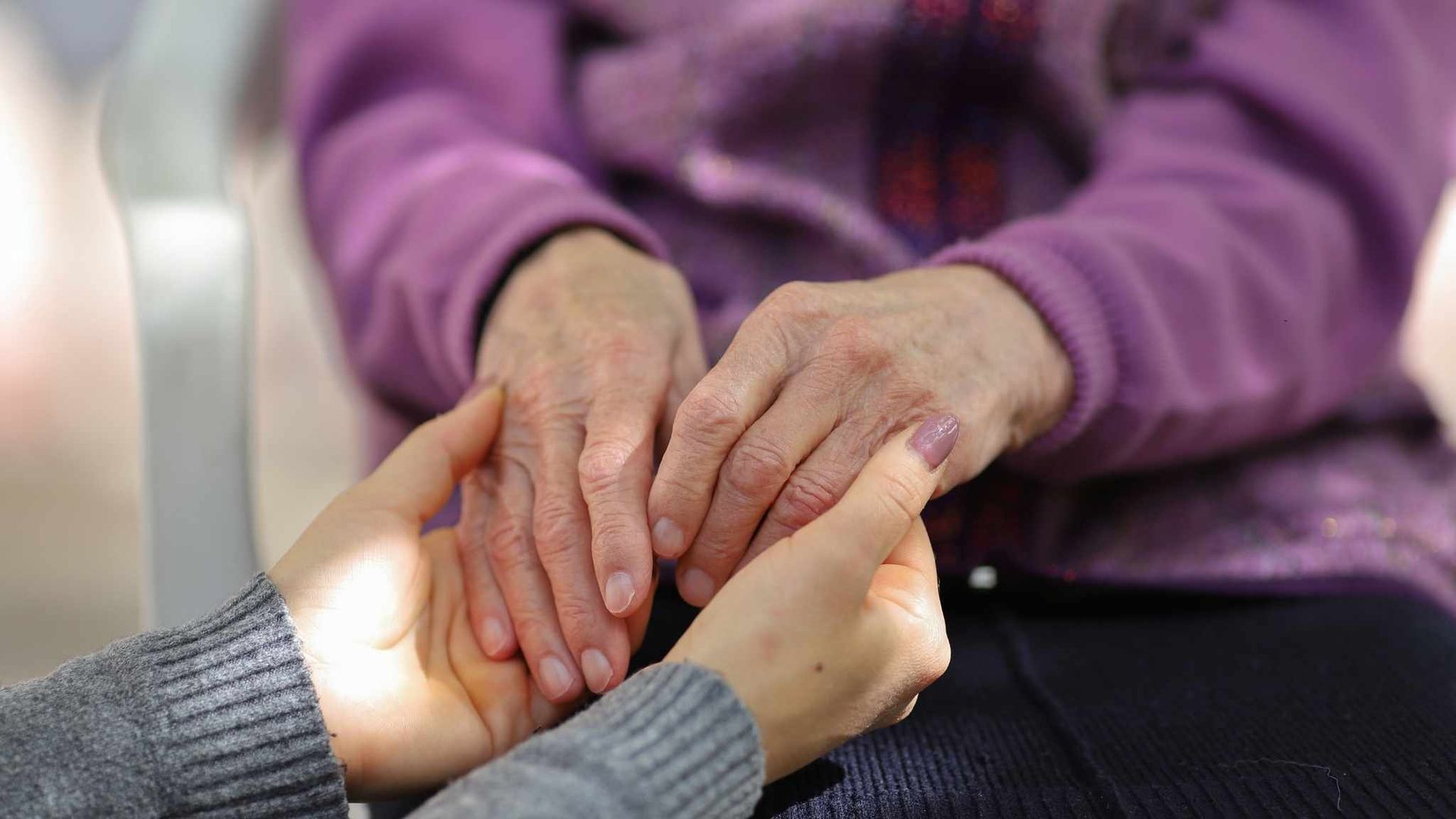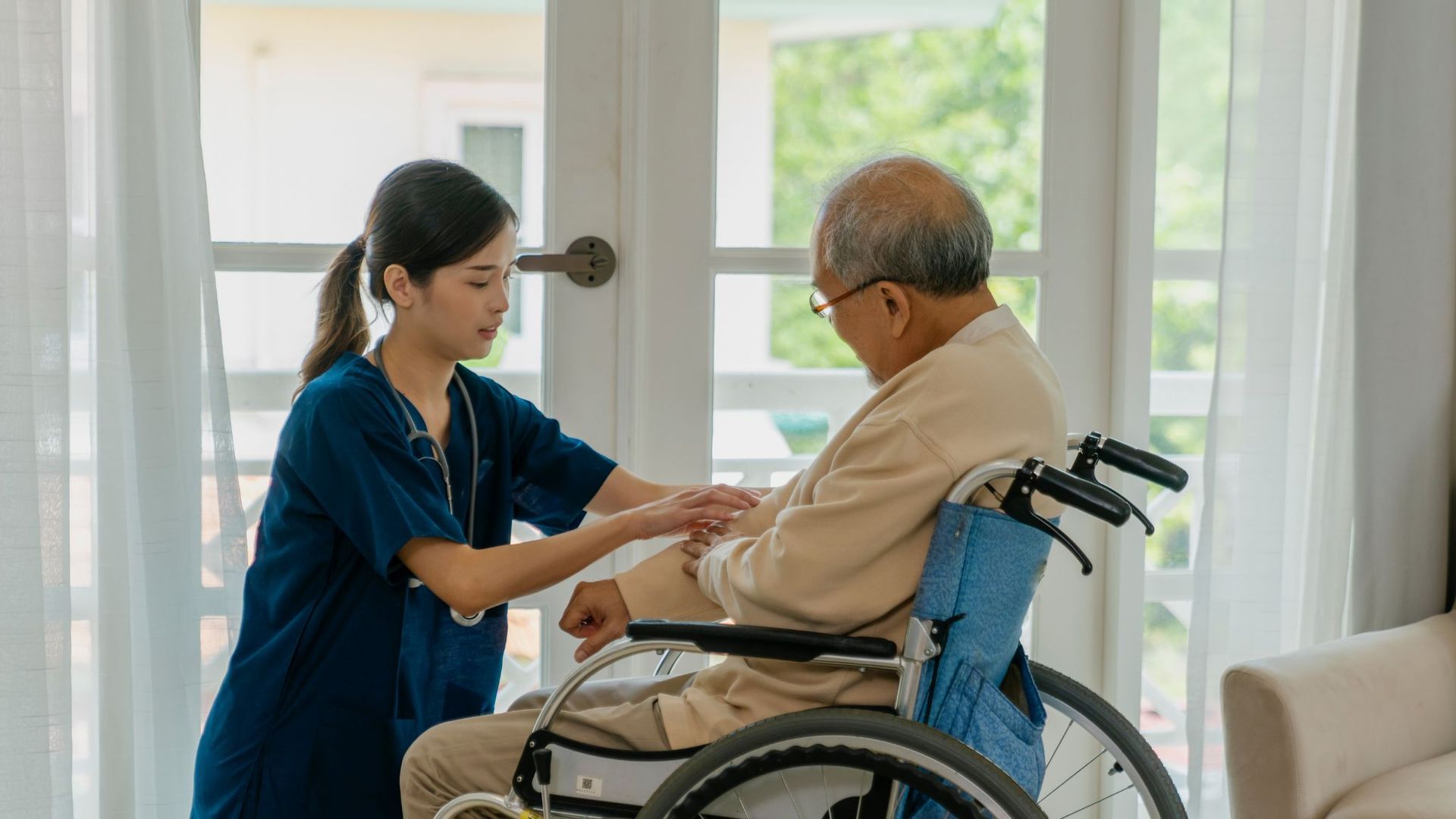Does Hospice Pay for Nursing Home?
If you’re helping care for a loved one nearing the end of life, you’re probably thinking about the kind of support they will need, and what care might cost. One of the most common and confusing questions that comes up is: Does hospice pay for nursing home care?
It’s easy to see why many families ask. While hospice and nursing home care are often provided at the same time, they are two different services. Each one has its own goal and billing process.
This article explains how payment works when someone receives hospice care inside a nursing home. It will also help families understand what is and isn’t covered, and how to prepare for the nursing home and hospice costs involved.
What Hospice Covers
Hospice care provides services for people with a terminal illness who have chosen comfort-focused support instead of treatment to cure their condition. Its goal is to improve their quality of life by managing pain symptoms, reducing stress, and supporting the patient and their family. Hospice services typically include:
- Nurse visits
- Medications related to the terminal illness
- Durable medical equipment
- Emotional and spiritual support
- Social work services
These services follow the patient wherever they live. If someone is living in a nursing home, the hospice team will visit them there and coordinate with the facility staff to give them care. This is how hospice and nursing home coverage work together to support the patient and their family.
What Hospice Does Not Cover in a Nursing Home
Hospice care includes important services for your loved one, but it does not pay for room and board in a nursing home. That part is usually handled and billed by the facility itself.
Many families assume that once they start hospice, everything is covered. But, even with hospice involved, the nursing home will continue charging for your cost of staying in the facility, including housing, meals, and daily assistance. Hospice provides care related to your loved one’s illness, but the nursing home is the one that handles basic living support.
This shared setup for the payment is how it is commonly done. It’s important to know that hospice services in nursing homes do not include coverage for the actual cost of staying there.
Who Pays for Nursing Home Costs During Hospice?
Because hospice doesn’t cover the cost of staying in a nursing facility, families often ask: Who pays for a nursing home in hospice? Does hospice pay for nursing homes? The answers to these questions depend on their insurance, income, and the type of care they want for their loved one.
Medicaid
Medicaid often pays for room and board in a nursing home, even if hospice has already started. To qualify for Nursing Home Medicaid coverage, most states require single applicants to have at most $2,000 in countable assets, while married couples are usually allowed up to $3,000 or $4,000, depending on state rules. Once approved, Medicaid will continue to pay for the facility stay.
Private Pay
If the patient does not qualify for Medicaid and doesn’t have health insurance that covers long-term care, families usually have to pay out of pocket. According to the American Council on Aging and SeniorLiving.org, monthly nursing home costs can range anywhere from $9,277 to $10,965 or more, depending on the location, provider, and level of care.
Long-Term Care Insurance
Some long-term care policies may help cover your loved one’s room and board during hospice. The coverage varies by policy, and it’s best to directly contact the insurance provider to confirm the benefits of your plan.
Many families are often confused about Medicare hospice and nursing home benefits.
Medicare usually includes most hospice services at no cost, though you may owe up to $5 for prescription drugs for pain and symptom management. However, it does not cover room and board in a nursing facility unless the patient is receiving skilled rehabilitation, which is different from hospice.
Skilled rehabilitation is a short-term medical treatment or therapy after a hospital stay, aiming to help the patient recover, regain strength, or improve their movement. It differs from hospice, which is intended to provide comfort rather than restore health. In these cases,
Medicare covers room and board because during the time the patient is receiving daily care meant to help them improve.
How Hospice and Nursing Homes Work Together
When a person is living in a nursing home and receives hospice care, both health teams play a role. At Olympia Hospice, we work closely with the nursing home staff to keep care coordinated and clear.
The nursing home team usually handles daily living support like meals, bathing, and safety. Meanwhile, our team provides symptom management, medication, and emotional or spiritual support services. In hospice services in nursing home settings, collaboration is essential to ensuring patient comfort.
Questions to Ask When Hospice Care is Provided in a Nursing Home
Before starting hospice care in a nursing home, it’s helpful to ask a few direct questions. This makes sure everyone understands hospice and nursing home coverage, and who handles each part of care for their loved one.
Here are some important questions to ask:
- Will the nursing home bill separately from hospice?
- What services are covered by hospice and what are not?
- Can my loved one keep their current room and caregiver?
- Who do I call for emergencies, the nursing home or the hospice team?
Having answers to these questions early can help prevent confusion in the future. It also gives families a better understanding of how to prepare for nursing home and hospice costs.
Final Thoughts on Coverage
End-of-life care often brings financial stress to the families involved. Planning ahead and asking the right questions early on can make a difficult process a little more manageable.
Does hospice pay for nursing home care? The short answer is no, not completely. Hospice pays for medical support, symptom management, and emotional care, but the nursing facility charges separately for room and board. This applies even under Medicare hospice nursing home benefits. Medicare does not cover the facility stay unless the patient is receiving skilled rehabilitation, which is different from hospice care.
We take time to explain these financial details before your care begins. Families are given a clear breakdown of what hospice provides and what nursing facilities handle. This way, families can focus on caring for their loved one and avoid the confusion.
Make Care Decisions with Confidence
For families considering hospice in a nursing home, it’s important to understand how care is provided, who pays for a nursing home in hospice, and what coverage includes or excludes.
At
Olympia Hospice Care, we work closely with nursing home staff to provide personalized, consistent care focused on your loved one’s comfort. Our team is here to explain your options, walk you through how hospice works in nursing facilities, and help you make informed choices with confidence.
Contact us today to schedule a consultation. We’re here to walk you through the steps and provide care that prioritizes your comfort, dignity, and peace of mind.










